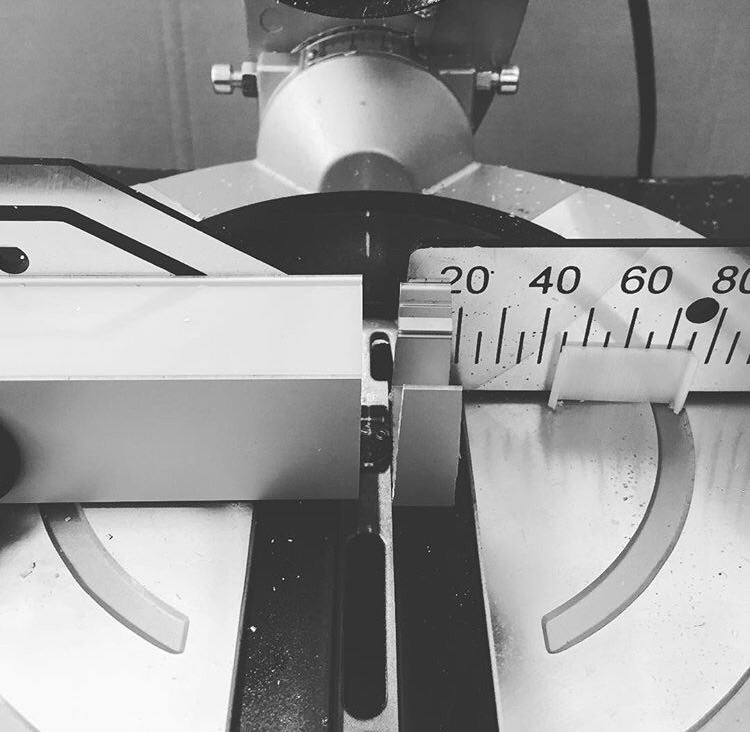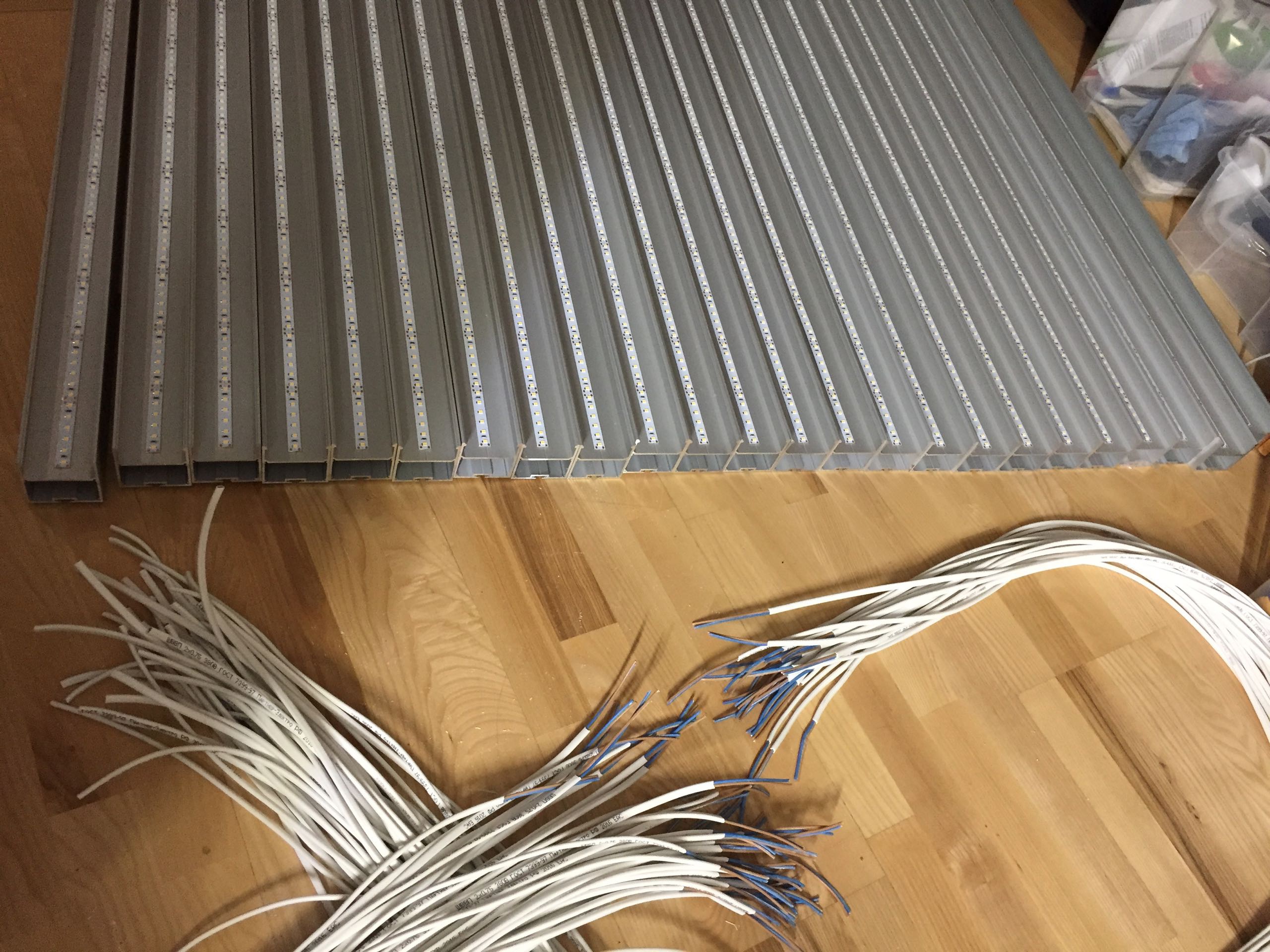Cookies are used for optimal website experience.
Linear LED light with his own hands
Linear LED luminaire
Any modern linear luminaire is first and foremost a LED luminaire.
The design of the lamp is very primitive and yet very aesthetically pleasing and reliable. As they say: "everything is brilliantly simple!
In this article we will tell you:
- How to choose the type of luminaire
- choose the right power
- most importantly how to assemble it
Aluminum LED profile
Now there are a huge number of companies that sell aluminum LED profile. A huge selection and low prices make it possible to use it almost anywhere.
Overhead
Profile mounted on: liquid nails, masking tape, screws.
Built-in
There are many ways to build a profile into a wall/ceiling/tabletop...
Special fasteners, liquid nails, mounting mesh, self-tapping screws.
Recessed profiles are equipped with lugs (ears). They hide the irregularity of the groove and prevent the profile from falling through.
Suspension
The suspended LED profile is hung on special cables. Current from an external voltage source is supplied either by wires or a separate cable.
There are profiles in which the power supply is mounted.
Despite the fact that the profile product is quite primitive, there are many nuances that indicate the quality of this product.
Material affects heat dissipation
In addition to the aesthetic component, the profile serves as a heat sink for the LED module.
The key to long LED life is good cooling.
Many manufacturers in an effort to reduce the cost begin to make the profile is not made of high quality alloy AD-31, and from other cheaper materials. This is very detrimental to the rigidity of the case, as well as on the quality characteristic of heat capacity and thermal conductivity.
When choosing an aluminum profile, make sure it is stiff (usually a quality profile is weighty - heavy)
Light scattering screen
Polycarbonate screen is a protective cover for LED modules. The polycarbonate screen also has the important function of diffusing light without absorbing it.
Choosing the right light source
When selecting a LED module, it is worth considering the power and location of the luminaire.
Approximately 80-100W LED light will be needed for a good illumination of a 20 sq.m. room with a 3m high ceiling. This is taking into account that about 20% of the light is absorbed by the screen.
For reliability, we recommend using Japanese LED strips HOKASU (https://ulight.ru)
Luminaire assembly
To assemble the linear luminaire, you will need the following tools:
- Circular saw
- Soldering iron + tin, rosin, soldering acid
- Screwdriver
- A little care and a straight hand =)
First you need to determine the length of the light and, if necessary, cut the aluminum profile to the right size.

Next you need to install the HOKASU LED modules and solder them to each other.
We want to note that if necessary, you can install modules in 2 or more rows.

After installation and inspection, you need to snap the screen shut and install the end caps.
The light fixture is ready!
21.12.2022
